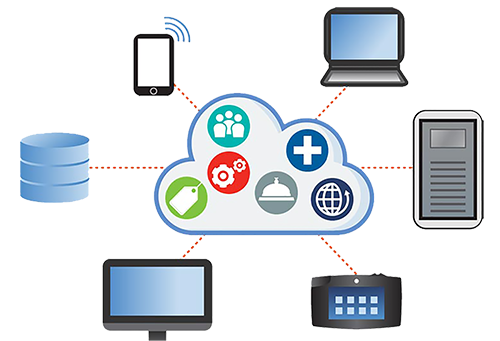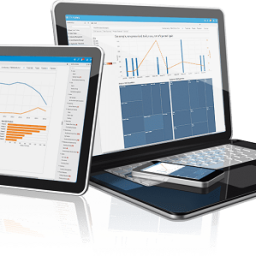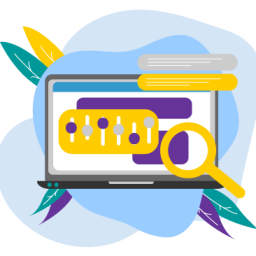
Higher efficiency and profitability are two of the most compelling reasons to adopt and use a Laboratory Information Management System (LIMS) in a lab. In addition a LIMS may help increase work efficiency in a range of methods, the capacity of the LIMS to automate manual processes, operations, and activities is perhaps the most prominent factor of these advantages.
…. In this section, you’ll learn about some of the most important areas where LIMS automation may assist you.
How Does Lims Automation Work?
You may be curious as to how lims automation works. The automation process is a frequently asked subject. the answer is often startling. Lims Automation has a solution for every laboratory area. Only if you let an expert examine your lab. They provide you with the finest advice can automation go a long way in your system.
Laboratory Instrument Automation
Laboratory instrument automation is a finer. More sophisticated degree of connection between your LIMS and your equipment setup. Using your LIMS to automate your lab equipment is possible in a variety of ways.
Many LIMS have equipment integration features built-in. Also, there are third-party LIMS supplier device integration programs provided. Most LIMS also provides Application Programming Interfaces (APIs) that may be utilized to enhance the functionality of instrument integration systems. In addition allowing for the implementation of more advanced instrument automation and integration options.
It’s worth noting that lab instrument automation using LIMS automation may be done at various levels of sophistication. Yielding varying amounts of efficiency and productivity gains.
Automated Calculations
Manually completing computations is not just wasteful use of a scientist’s effort. But it is also a major cause of inaccuracy in your research. The most common method for automating computations is to use a LIMS.
Many LIMS can use their APIs to run programs or other structures that have automated the complicated computation for extremely complex formulas. Many LIMS also include links to more powerful computation and analytic software, including SAS or Quality Analyst.
Automated calibration of instruments
Automating your instrument calibration and upkeep, like computerized instruction, can relieve your laboratory personnel of a substantial quantity of unproductive, slightingly manual effort.
In addition to the efficiency gains, you will be able to utilize the up-to-date validation and repair data to check that the devices and gear are suitable for when making job tasks if you employ these features inside your LIMS. Your lab will benefit greatly from being able to obtain and use this data in a highly efficient manner.
Auto-approval/review
All findings must be evaluated and authorized before being delivered to the data user. which is standard protocol in QA/QC laboratories. You may establish Review/Approve by Exception In a LIMS. In other words, a test result will only have to be examined and authorized if it is given a Warn or Fail result. The ability to eliminate the need to evaluate all data is a huge time saver.
Furthermore, since all other experimental findings, sample data, batch documentation, and other data will be accessible to the supervisor via the LIMS, the procedure for evaluating and certifying findings that need it will be substantially enhanced. Because everything is either inside the LIMS or linked up to it. In conclusion there is no need to shift to multiple instruments or equipment sets to check raw findings, spectra, or other diagnostic testing when utilizing a LIMS.










